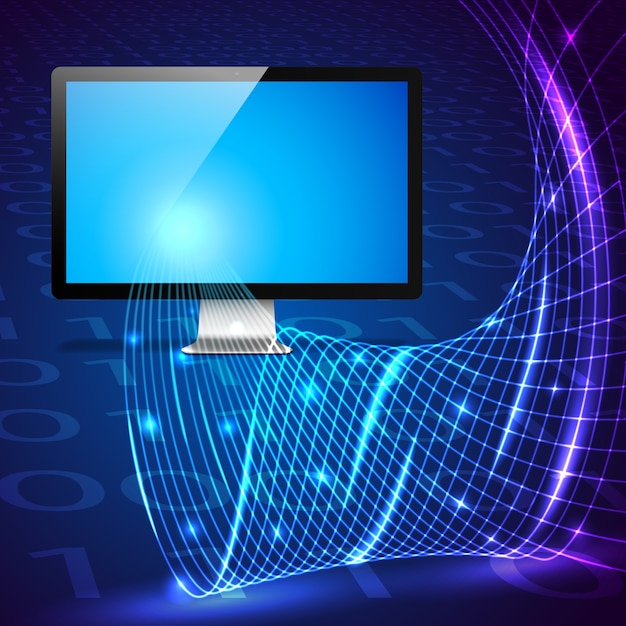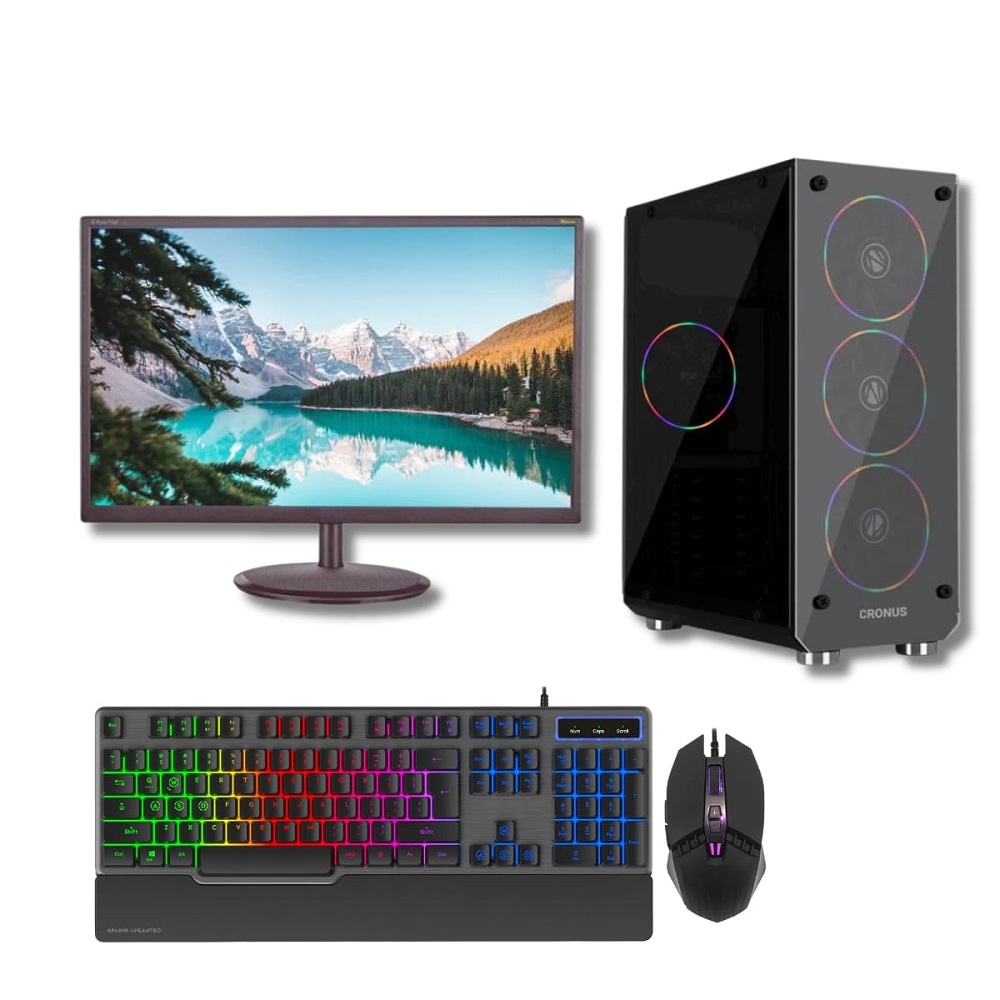Introdcution
Electronic digital computers have transformed our world. These machines perform complex calculations and manage vast amounts of information. They became essential tools in business, education, and daily life. Let’s explore how they work, their history, and their impact on society.
Understanding Electronic Digital Computers
What is an Electronic Digital Computer?
Electronic digital computers process data in binary form. They accept input, perform operations, and produce output. They use transistors and integrated circuits to function. This technology allows computers to operate quickly and accurately. Unlike older mechanical computers, electronic computers have revolutionized speed and efficiency.

Digital computers use a series of electrical signals to represent data. Each signal corresponds to a binary digit, or bit. Bits are the building blocks of all digital information. A collection of bits can represent numbers, letters, images, and sounds. This versatility makes computers powerful tools for various applications.
The operational unit of a digital computer is the central processing unit (CPU). The CPU executes instructions given by software. It is often called the brain of the computer. Other essential components include memory and storage. Memory temporarily holds data that the CPU needs to access quickly. Storage, on the other hand, keeps data long-term, even when the computer is off.
Another important aspect of digital computers is their software. Software consists of programs and applications that tell the hardware what to do. Operating systems manage the computer’s resources and provide a user interface. These interfaces allow users to interact with the computer in a friendly way. Without software, the hardware would be a lifeless machine.
In summary, electronic digital computers are complex systems. They use binary data, rely on a CPU, and are guided by software. Their ability to process and manage information has led to many innovations.
The Hardware Behind Digital Computers
Digital computers consist of several key hardware components. Besides the CPU, these include memory, storage, input devices, and output devices. Each component has a specific function. Together, they work to process and display information.
- Central Processing Unit (CPU): As mentioned, the CPU is the brain. It performs calculations and manages tasks. Most CPUs have multiple cores to handle several tasks at once. This capability increases multitasking efficiency.
- Memory: Memory, specifically Random Access Memory (RAM), plays a crucial role. It holds data and instructions temporarily. When you run a program, the relevant data is loaded into RAM. The CPU retrieves this data quickly, which speeds up processing.
- Storage: Long-term data storage is essential for digital computers. Hard drives (HDD) and solid-state drives (SSD) serve this purpose. HDDs use spinning disks to read and write data. SSDs, on the other hand, use flash memory, making them faster and more durable.
- Input Devices: These devices allow users to interact with the computer. Common input devices include keyboards, mice, and touchscreens. They convert user actions into digital signals that the computer can understand.
- Output Devices: Finally, output devices display or convey information. Monitors, printers, and speakers are typical examples. They present the results of computer processing to the user.
Together, these components make electronic digital computers functional. They allow users to run software and complete various tasks efficiently.
A Brief History of Computers
Early Beginnings
The story of electronic digital computers begins in the mid-20th century. The first computers were massive machines, filling whole rooms. They used vacuum tubes for processing. The ENIAC, developed in the 1940s, is one of the first electronic digital computers. It could perform thousands of simple calculations per second.
However, vacuum tube technology had limitations. Machines were large, consumed a lot of power, and generated heat. These issues worsened as the demand for faster and more efficient computers grew. The solution came with the invention of the transistor in 1947. Transistors replaced vacuum tubes and were smaller, more reliable, and energy-efficient.
The Era of Transistors and Integrated Circuits
In the 1950s, the use of transistors led to smaller and more powerful computers. These machines were faster, more reliable, and could be produced at a lower cost. This era saw the dawn of commercial computers. Companies began purchasing computers for business tasks.
Integrated circuits (ICs) further revolutionized computing in the 1960s. ICs combined multiple transistors onto a single chip. This miniaturization enabled the production of personal computers. The introduction of affordable computers changed the landscape of technology. Now, individuals could own computers for personal use.
The Personal Computer Revolution
The 1970s and 1980s mark significant milestones in computer history. Companies like Apple and IBM introduced personal computers. These machines were more accessible to the general public. People began using computers for educational purposes, home tasks, and small businesses.
The development of software also flourished during this time. Word processors, spreadsheets, and games entered the marketplace. As a result, the personal computer revolutionized daily life and work. People became more productive and connected.
The Internet Age
The rise of the internet in the 1990s opened a new chapter for electronic digital computers. Computers connected to the internet could access vast amounts of information. Email, websites, and online services became integral parts of modern life. As broadband connections became standard, internet usage surged.
This digital age created new opportunities and challenges. Businesses adapted to online sales and marketing. Social media emerged, connecting people globally. However, the increase in connectivity also led to issues like cybersecurity. Users needed to protect their personal information more than ever.
The Impact of Electronic Digital Computers on Society
In Business
Electronic digital computers have transformed business operations. They automate repetitive tasks, allowing employees to focus on more strategic activities. Software for accounting, inventory management, and customer relationship management helps companies run efficiently.
Data analysis is another key benefit. Businesses collect vast amounts of data daily. Digital computers can process this data quickly, providing valuable insights. Companies use these insights to make informed decisions. This capability enhances productivity and profitability.
Moreover, digital computers have created new business models. E-commerce platforms have emerged, allowing consumers to shop online. Companies can reach a global audience with just a click. This shift has changed consumer behavior and expectations.
In Education
Education has also experienced a digital revolution. Schools and universities have integrated technology into their curricula. Electronic digital computers enable interactive learning experiences. Students can access educational resources online, participate in virtual classrooms, and complete assignments digitally.
Furthermore, educators can compile and analyze student performance data. This information helps tailor instruction to meet individual needs. Online courses have expanded access to education for many, breaking geographical barriers.
In Daily Life
The prevalence of electronic digital computers in daily life is undeniable. People use smartphones, tablets, and laptops for various tasks. Communication, entertainment, and information sharing have all changed dramatically.
Social media platforms allow people to connect with friends and share experiences. Streaming services have revolutionized how we consume media. Smart home devices enable convenient control of household functions.
The impact of digital computers on personal life is profound. They have made many tasks easier but also raised concerns. Issues such as screen time, privacy, and mental health are increasingly relevant in today’s digital age.
The Future of Electronic Digital Computers
Advancements in Technology
The future of electronic digital computers looks bright. As technology advances, improvements in processing speed and efficiency will continue. Innovations in quantum computing have the potential to solve complex problems beyond the scope of traditional computers.
Artificial intelligence (AI) is another area of growth. AI algorithms rely on powerful computers to learn from data. This technology is already changing industries, including healthcare, finance, and transportation. The ability of computers to analyze and learn from vast datasets will bring new possibilities.
Society and Computer Interaction
As computers evolve, so will our relationship with them. The rise of machine learning has opened doors to more intuitive interactions. Voice-activated assistants are examples of how computers can become more user-friendly. These advancements will likely continue, adapting to individual user preferences.
The integration of augmented reality (AR) and virtual reality (VR) is also on the horizon. These technologies could change how we work and learn. They offer immersive experiences that could enhance education and training.
Ethical Considerations
With great power comes great responsibility. The growing influence of digital computers raises ethical questions. Concerns about data privacy, surveillance, and automation must be addressed. Societies will need to develop norms and regulations to navigate these challenges.
Moreover, the impact of automation on jobs is a critical issue. As machines take over routine tasks, workers must adapt. Reskilling and upskilling programs will be essential. The workforce of the future will need to embrace lifelong learning to stay relevant.
Conclusion
Electronic digital computers have profoundly shaped our world. From their early beginnings to their current capabilities, these machines have evolved remarkably. Their impact on business, education, and daily life is undeniable.
As we look to the future, advancements in technology promise to bring even more changes. Ethical considerations will be crucial as we navigate this digital landscape. The journey of electronic digital computers is ongoing, and it continues to influence how we live and work. The possibilities are vast, and society must adapt to embrace this ever-changing reality.


